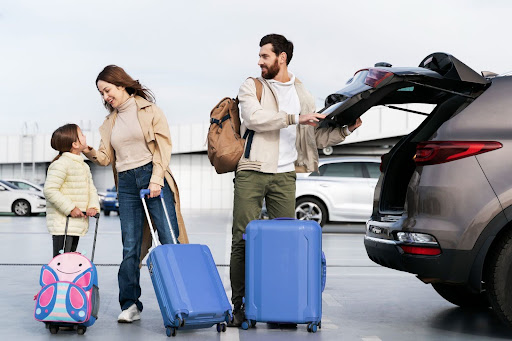Quality sleep during travel significantly impacts everyone’s experience. Tired children become cranky, uncooperative, and prone to meltdowns. Prioritizing rest through strategic planning and appropriate items transforms travel quality.
Sleep schedule preparation begins before departure. Gradually adjust bedtimes toward destination time zones several days early. This reduces jet lag severity upon arrival. Maintain regular sleep routines as much as possible during travel—same pajamas, bedtime stories, comfort items. Consistency provides stability amid change.
Sleep environments in transit require creativity. Window seats allow leaning against cabin walls. Travel pillows support necks during upright sleep. Blankets create coziness and block light. White noise apps mask disruptive sounds. Eye masks block light during daytime sleep. These items help recreate sleep-friendly conditions in challenging environments.
Strategic flight timing leverages natural sleep patterns. Red-eye flights allow children to sleep through travel time, arriving with minimal jet lag. However, this works only if children actually sleep—some become too excited. Know your children’s patterns when selecting flight times.
Post-arrival sleep discipline helps adjustment. Encourage staying awake until local bedtime despite exhaustion. Expose children to natural sunlight to reset circadian rhythms. Maintain regular meal times according to destination schedules. These practices accelerate time zone adaptation.
Bring a small portable sound machine or use smartphone apps playing white noise. Consistent background sound masks unfamiliar noises that might wake children in hotels or during flights.

